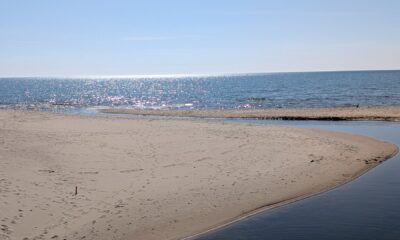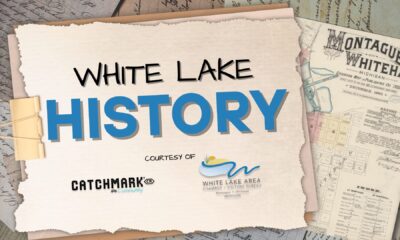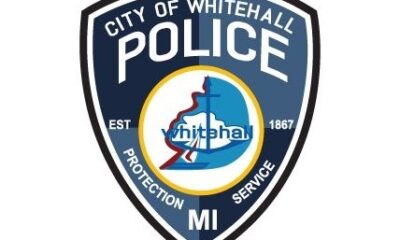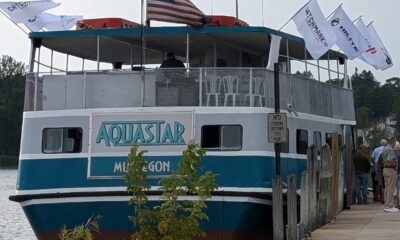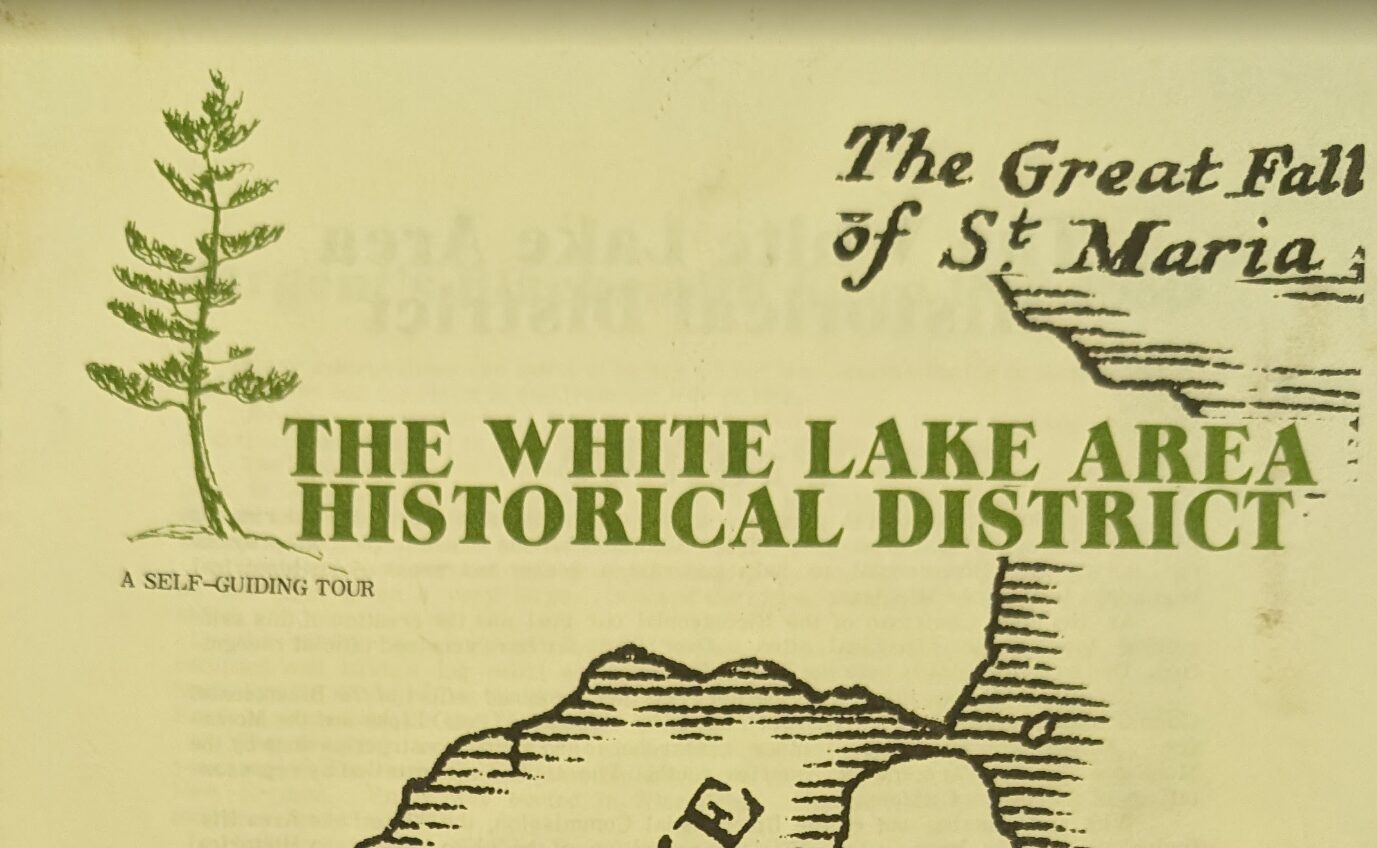
Keith “Griff” Griffin, a beloved teacher, longtime resident of the White Lake area, and my Grandfather was a jack of all trades whose interests spanned teaching, building, and farming. Grandpa Griff’s stories about his diverse experiences were as varied as the skills he mastered. When he passed away, he left behind not only a legacy of helping others and forging lifelong connections but also an extensive collection of memorabilia. This collection included hundreds of awards, photographs, and documents—testaments to a life richly lived among wonderful people.
As we sorted through the myriad treasures he left behind, I stumbled upon a small paper booklet that immediately captured my attention. As a history enthusiast with a deep affection for my birthplace, I found the booklet irresistible. Setting aside my original task, I began to carefully turn the weathered pages. The booklet was filled with vibrant stories and photographs that brought to life the colorful tales of a community and a people who deeply impacted it.
The gem I discovered among my grandfather’s possessions is a forty-four-page booklet titled “The White Lake Area Historical District: A Self-Guided Tour.” It is richly illustrated with photographs and articles that chronicle the history of White Lake. As I pored over the guide, an idea took root: why not share this invaluable resource with the wider community? Over the coming weeks, that is precisely what we intend to do.
Pamphlet History
The historical pamphlet emerged from a project initiated during the White Lake Bicentennial of 1976. It was designed to foster a deeper understanding of the historical roots of the White Lake area and allocated Bicentennial funds toward this purpose. As the Heritage Chairman, Darwin Bennett spearheaded the creation of this self-guided tour, which includes over 20 officially recognized historical sites.
In concert with the pamphlet historical markers were erected at each site and represented a collaborative effort led by Wendell (Pete) Lipka and the Montague Museum, along with several other researchers, and construction completed by the Montague FFA program. The final installation was carried out by members of the Senior Citizens group and many of the markers are still standing today.
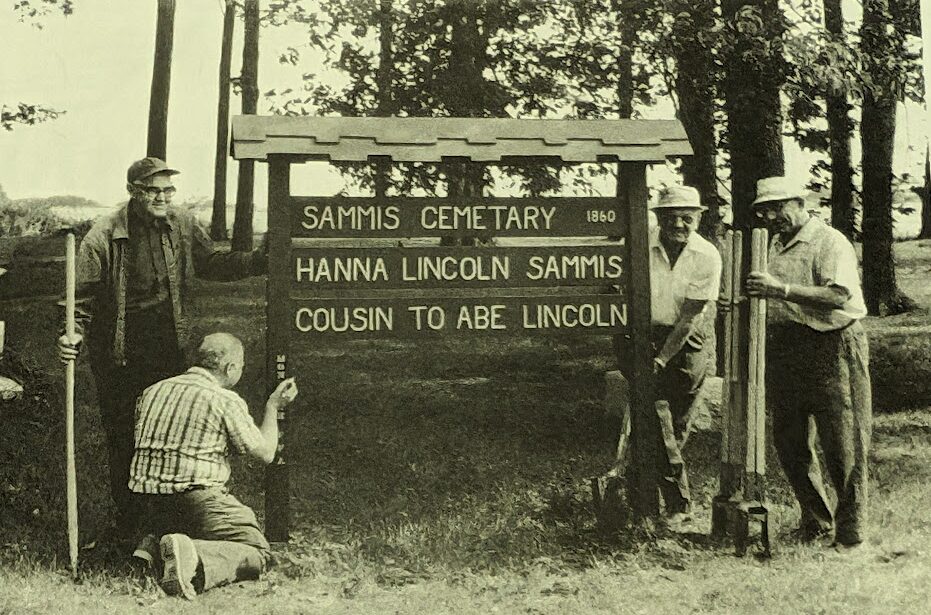
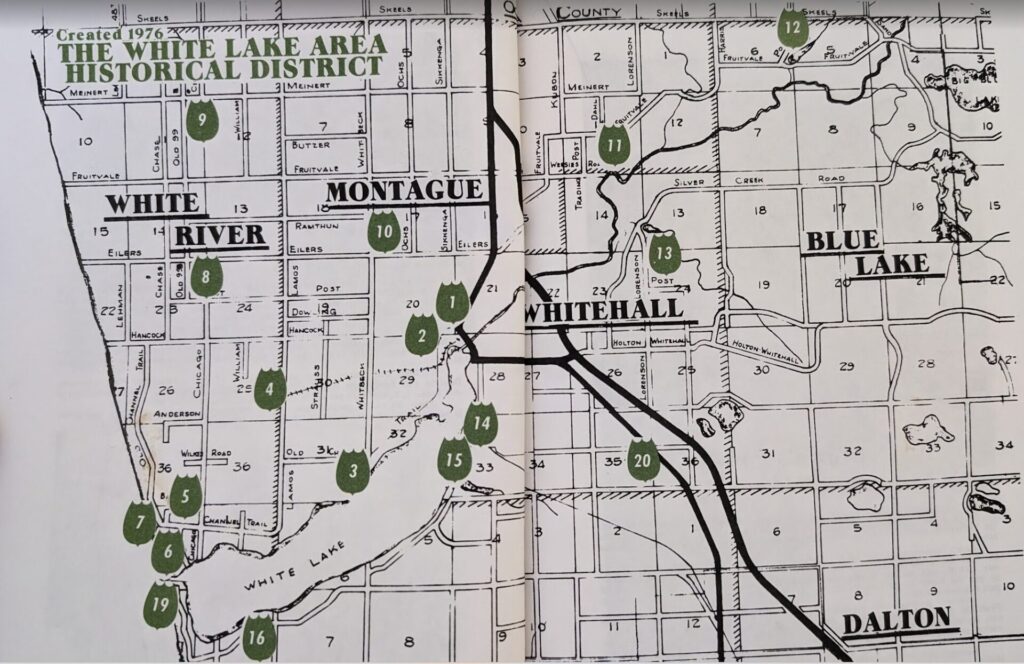
Sargent’s Blacksmith Shop 1817-1850
While many towns have Civil War veterans among their past residents, not many can claim a veteran from the War of 1812. Job Sargent, born on January 9, 1794, in Dumbarton, New Hampshire, was just 18 when he joined what came to be known as “Mr. Madison’s War.” The conclusion of the conflict was seen as a significant American victory, boosting national morale and defeating the era’s mightiest military and naval power for the second time.
After his service, Sargent moved to the Michigan Territory, where he received a substantial land grant in what is now the city of Montague. Initially thriving, he later returned to New England to raise additional funds before establishing a log cabin and blacksmith shop along the old State Road in 1817, near today’s intersection of Eilers and Sikkenga Roads.
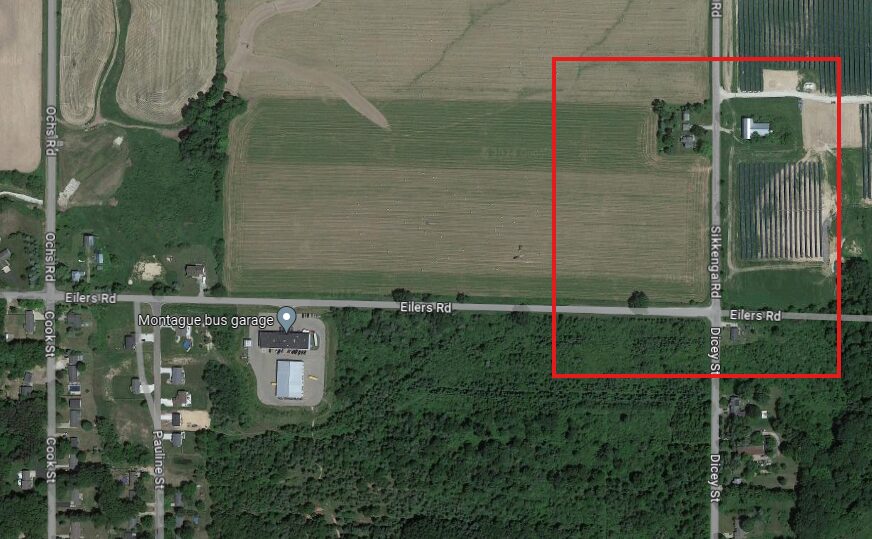
The Sargent family grew and toiled in Michigan, which became a state in 1837. Over the next two decades, Job and his wife raised nine children. His son, Nathan Sargent carried on his father’s legacy. In 1850, he built the first home and blacksmith shop at the corner of what is now Dowling and US-31.
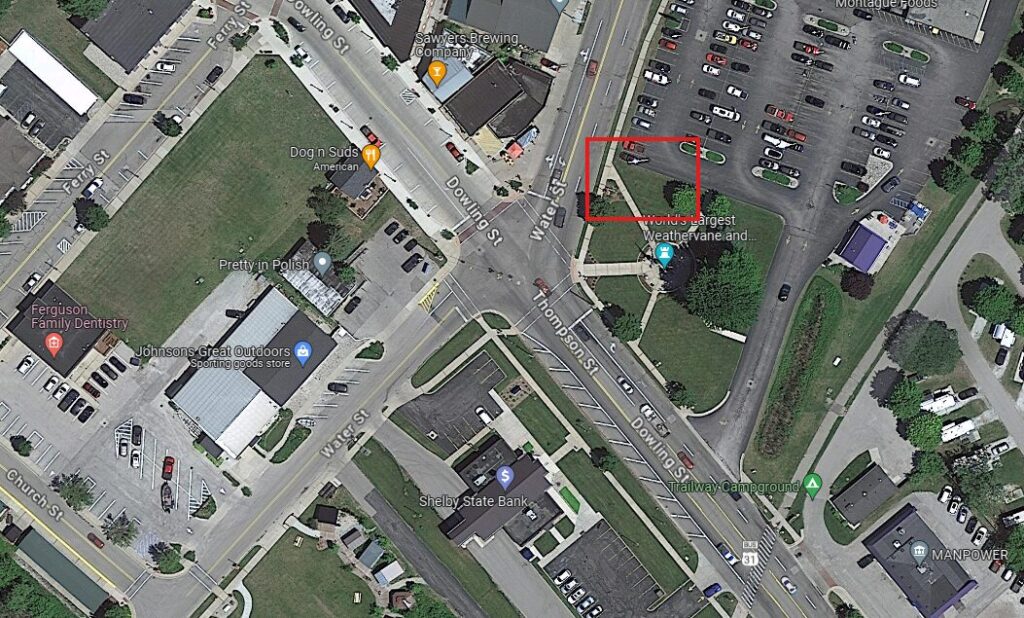
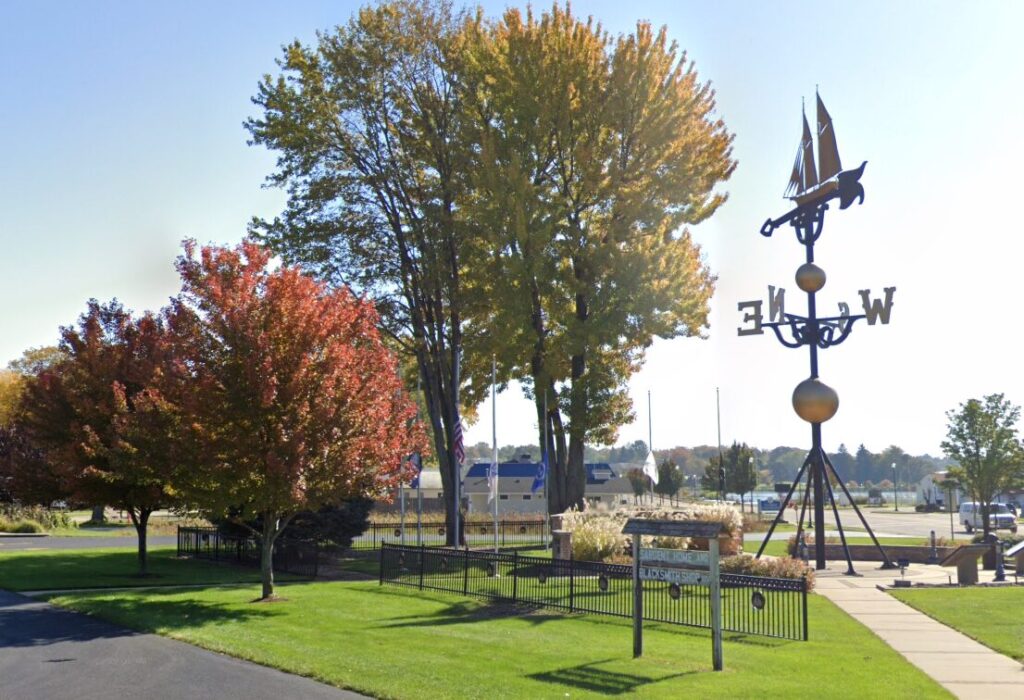
Nathan became one of the early prominent figures in Montague, owning much of the land that would later form the city. The community’s foundation was solidified when, in 1861, Noah Ferry laid plans for what would be officially recognized as Montague, marking another chapter in Michigan’s history, driven by the industrious spirit of a pioneering New Englander.
As we deliver articles weekly, I challenge you to be curious, explore the local area, and take pictures at these historic locations, and tag CatchMark Community.
Next week we will explore Native American burial grounds located in the White Lake Area. If you enjoy history and like our content please like and subscribe to our online resources. Also, check out the White Lake Area Historical Society website listed below.
http://www.whitelakeareahistoricalsociety.com/
https://www.facebook.com/CatchMarkCommunity
Brent is the Managing Partner of CatchMark Technologies and a seasoned technologist with over 25 years of experience in IT leadership, cybersecurity, and technical operations. He began his career serving in the U.S. Army, where he worked extensively with electronics—laying the foundation for his lifelong passion for technology and problem-solving. Brent holds a Certified Information Systems Security Professional (CISSP) certification and currently leads CatchMark’s Cybersecurity and Tech Support teams. Known for his strategic thinking and hands-on expertise, he excels in guiding secure, scalable solutions and driving innovation across complex technical environments.
Must See
-


Community
/ 17 hours agoHunters and Anglers: Urban Deer Hunting in Whitehall and Montague
WHITEHALL & MONTAGUE, MI — As deer populations continue to rise across West Michigan,...
By Kara Raeth -


Community
/ 21 hours agoStay Safe This Summer on Lake Michigan and White Lake
As summer heats up in the White Lake area, more people are heading to...
By Kara Raeth -


History
/ 2 days agoWhite Lake History – Parades Through Time
The Tradition of Parades Parades have been a part of human celebration for thousands...
By Owen Raeth


